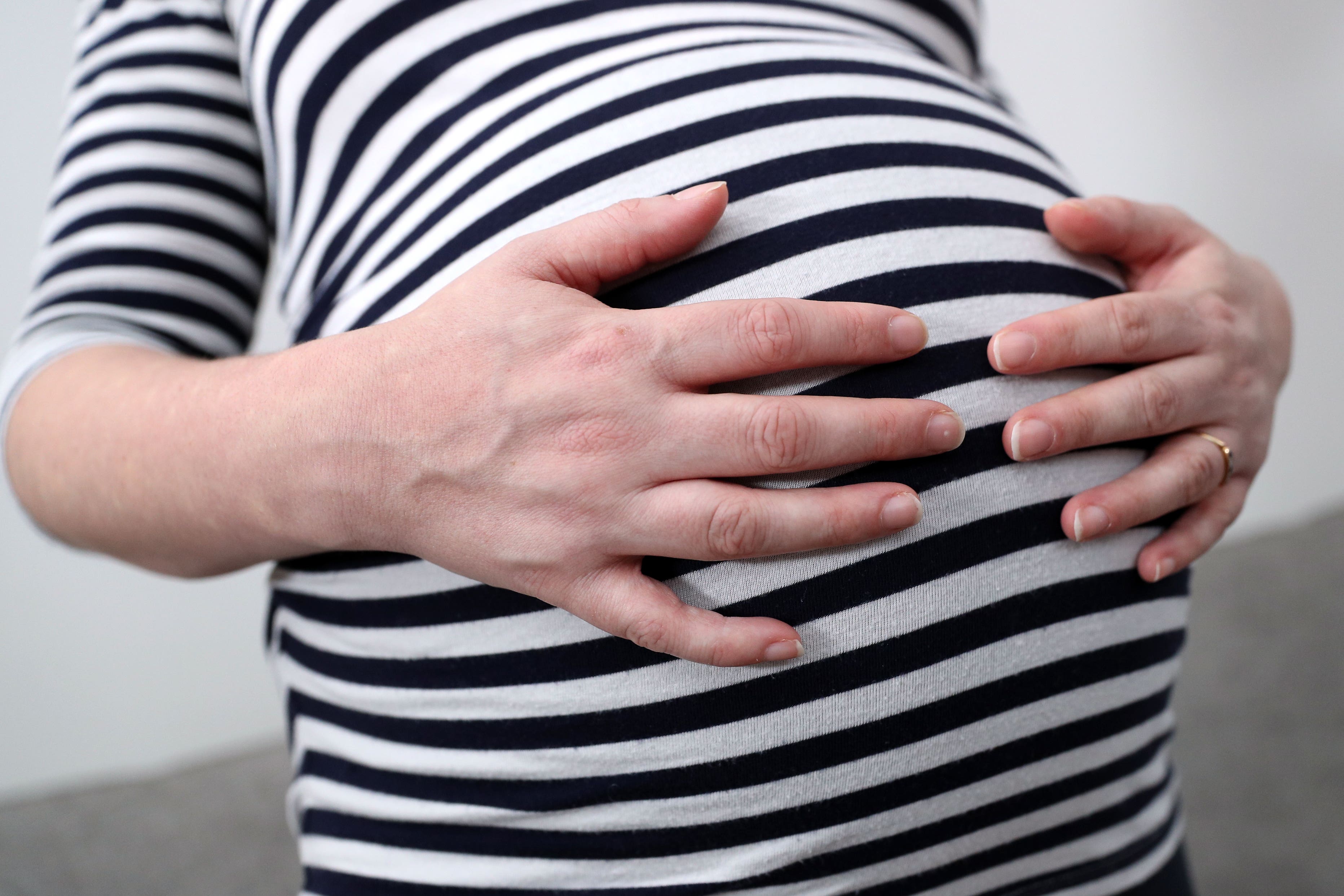Fertility rate for England and Wales plummets to lowest level since 1930s
Data shows the total fertility rate was 1.44 children per woman last year

Your support helps us to tell the story
From reproductive rights to climate change to Big Tech, The Independent is on the ground when the story is developing. Whether it's investigating the financials of Elon Musk's pro-Trump PAC or producing our latest documentary, 'The A Word', which shines a light on the American women fighting for reproductive rights, we know how important it is to parse out the facts from the messaging.
At such a critical moment in US history, we need reporters on the ground. Your donation allows us to keep sending journalists to speak to both sides of the story.
The Independent is trusted by Americans across the entire political spectrum. And unlike many other quality news outlets, we choose not to lock Americans out of our reporting and analysis with paywalls. We believe quality journalism should be available to everyone, paid for by those who can afford it.
Your support makes all the difference.The fertility rate in England and Wales has dropped to its lowest level since records began in the 1930s, new government data shows.
Figures from the Office for National Statistics (ONS) show the total fertility rate – the average number of children a woman has in her lifetime – was 1.44 children per woman in 2023, the lowest since records started in 1938.
The number of live births also fell to 591,072 – the lowest total since 1977.
In England and Wales, the fertility rate has been less than two children per woman since the 1970s.
Women would need to have an average of 2.08 children to guarantee what the ONS terms “the long-term ‘natural’ replacement of the population”.
The situation in England and Wales mirrors wider global trends, with fertility rates slowly declining around the world and falling by more than half since the early 1960s.
In 2022, the global total fertility rate was 2.3 children per woman, while it was 1.5 in the European Union.
Although the total fertility rate has plunged to record lows, the number of women who are of childbearing age is the highest it has ever been. There were nearly 11.9 million women between the ages of 15 and 44 in England and Wales last year.
We have a rapidly aging population, and these figures should be a wake-up call for our government to address the current barriers to parenthood
Greg Ceely, of the ONS, said: “Total fertility rates declined in 2023, a trend we have seen since 2010. Looking in more detail at fertility rates among women of different ages, the decline in fertility rates has been the most dramatic in the 20-24 and 25-29 age groups.”
Professor Geeta Nargund, a senior NHS consultant, called for policies that champion gender equality at work and in the home to be prioritised “as part of addressing declining birth rates”.
Professor Nargund, who is medical director of the low-cost IVF clinic, abc IVF, said the latest figures “should be a huge cause for concern for the UK’s economic prosperity”.
She added: “We have a rapidly ageing population, and these figures should be a wake-up call for our government to address the current barriers to parenthood.
“We need a long term and whole government approach to increase the birth rate: this should include ending the current NHS postcode lottery for IVF treatment, reducing waiting lists for fertility diagnosis and treatment on the NHS, and investing in family-friendly policies.”
It comes after recent research by the UCL Centre for Longitudinal Studies found only a quarter of millennials in England who want children are actively trying to conceive.
The study discovered more than half of this generation already have children, while half of those who are not parents are eager to have kids.
Economic pressures, career factors, struggling to meet the right person to settle down with, and not feeling ready to have children are the main reasons millennials are not trying to conceive.
ONS data shows the average age of first birth for women born in 1946 was 24 years.
Join our commenting forum
Join thought-provoking conversations, follow other Independent readers and see their replies
Comments